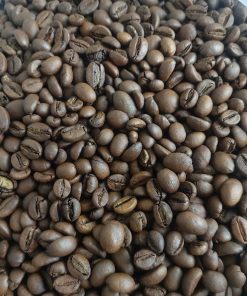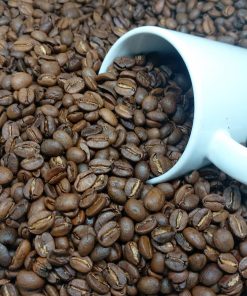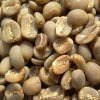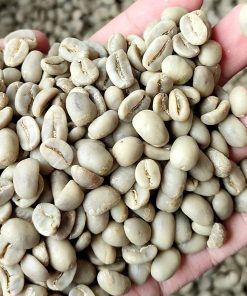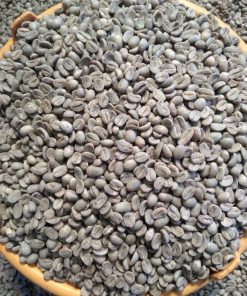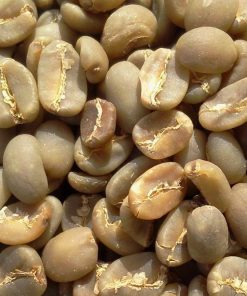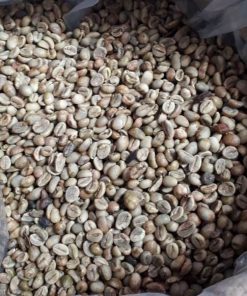5 Reasons to Consider Air-Roasting
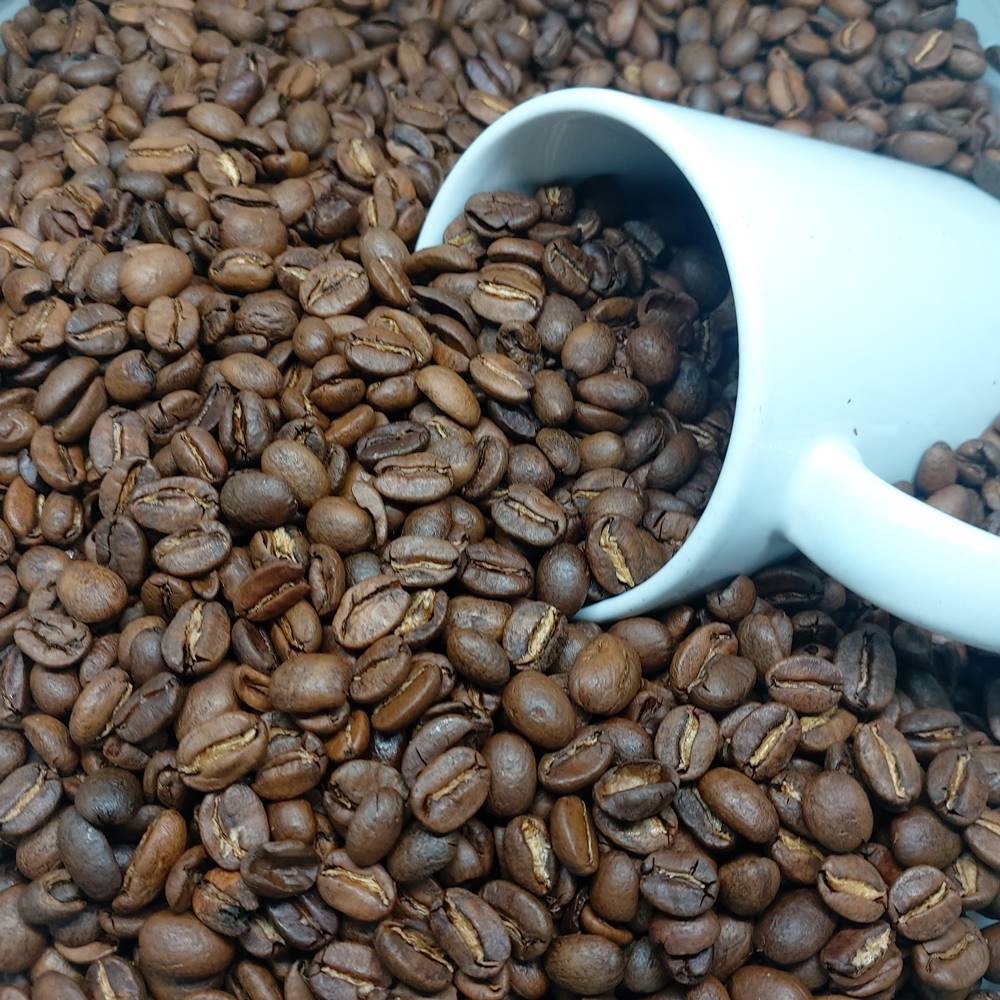
Short Roasting Time = High Productivity
A standard air roaster can roast a batch of green coffee beans in as little as 6-8 minutes, at least half the amount of time as a traditional drum roaster. This short roasting time reduces the formation of negative acidic compounds that can make coffee taste bitter or cause stomach irritation. This is one reason why air-roasted beans are thought to have a more pure flavor than drum-roasted beans.
A Clean, Quality Product from Clean Machinery
Similar to a popcorn popper, a hot air roaster keeps coffee beans moving with a perfectly controlled hot airflow to produce an even roast. And, the hot air forces out the chaff — as well as other contaminants — that might otherwise burn into the beans and mask the true flavor profile of the bean. In short, the only thing being roasted is the bean. The end result can be a low-carcinogenic coffee product that many coffee lovers claim tastes clean and smooth.
Consistent Bean Temperature and Degree of Roast = High Reproducibility
A big benefit of an air roaster is the ability to accurately sense the digital bean temperature with a thermocouple. With this information, the degree of roast is known at all times, and you can easily adjust the settings for different degrees of roast and offer accurate reproducibility. The coffee “puffs” a bit more, the appearance is more even and attractive, and the roasts are very repeatable.
With any product you offer, it’s important to be able to consistently replicate it. Your brand depends on it. An air roaster may just be the tool to help you do that.
Affordable
Air roasters can be an inexpensive way to get started in roasting. They’re a fraction of the cost of drum roasters, but you’ll need to remember that the smaller price tag also comes with a smaller batch size than drum roaster capacities. Still, with more air roaster options coming to market
Simple Design = Easy Use & Maintenance
Simply put, with air roasters, you’re essentially looking at a “plug and play” option. Just install with common tools and you’re pretty much ready to go. No gas, no vents, no permits. With no smoke or particulate exhaust, this means no additional ventilation, afterburner, or chaff collector are required — making for a smaller environmental footprint. And, with a smaller physical footprint, an air roaster can be placed almost anywhere.
Air roasters are designed with an intuitive interface that is quick to understand and easy to train your team to use. They’re also usually made of commercial-quality parts that are easy to clean and maintain. As with any machine you invest in, upkeep is important. To keep your air roaster operating well, you’ll need to monitor airflow rate and pressure:
Airflow Rate
The airflow always has to be fast enough to move the coffee beans around. It also controls how quickly heat transfers to your beans. Otherwise, they sit on the airflow inlet at the bottom of the roast chamber. The result is constant exposure to super-hot air, which makes them scorch and eventually ignite.
Airflow Pressure
Air roasters require a high-pressure flow of air. In drum roasters, the air has a lot of space to flow as it goes through the beans. In air roasters, the air has to physically lift the coffee to get through. This means that air roasters require blowers that can deliver high pressure. And, high-pressure systems are prone to leaks, which can cause smoke and loss of energy. So, this will be something to watch out for. If your air roaster appears to be lagging, identifying a leak is a good first place to troubleshoot.
IF we are using Hot Air system we are support to GO GREEN Because with hot air system we can get many benefit like as below:
- AROMA AND TASTE STABILIZED
- RESULT OF ROASTED SAME FROM BATCH TO BACTH
- NO SMOKE, NO BURNING, NO GREASE, NO EARTHY, NO METAL BURN, NO RUBBER ODOR
- CARSENOGEN FREE


